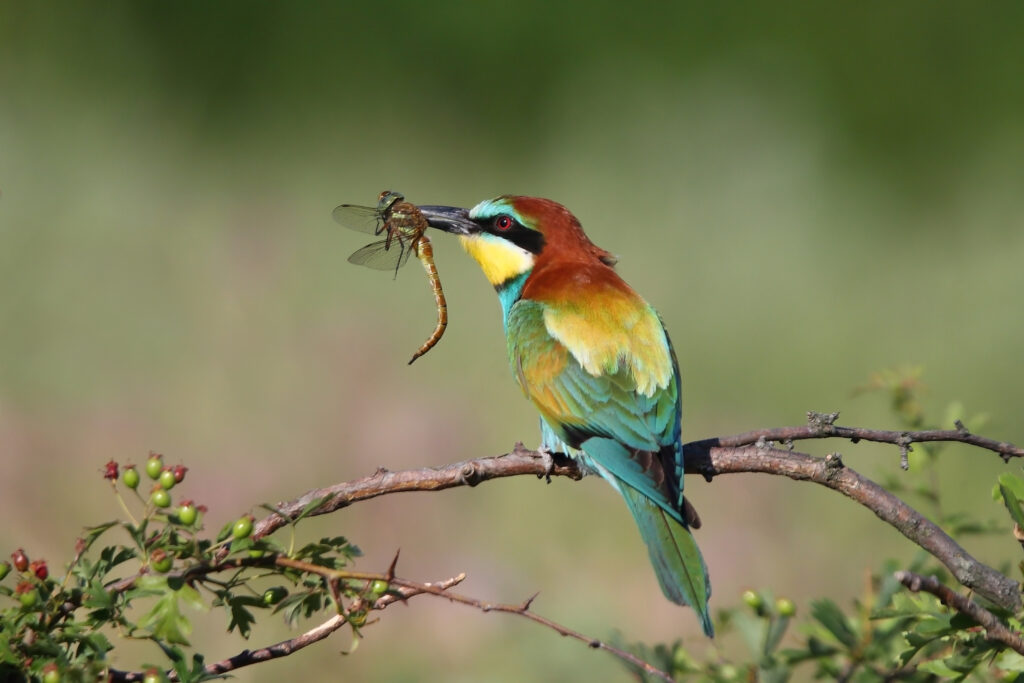How migratory birds connect countries

With spring migration season in full swing, we talk to João Guilherme, lead author of a study exploring the migratory patterns of birds along the African-Eurasian flyway and how their epic journeys link countries.
Header image: Common Swifts have been recorded journeying from West Africa to the UK in just five days © Sokolov Alexey/Shutterstock
What was the aim of your study?
Conserving migratory birds requires strong scientific evidence to help guide international efforts among the countries these birds’ journeys link. We compiled information on the links between countries revealed by migratory landbirds and raptors tracked along the African- Eurasian flyway. These links were then used to assess how much tracking data exists for these incredible birds, the geopolitical connectivity patterns they establish and the priorities for future tracking research.
What were your key findings and how can they help conservation?
There is an incredible wealth of tracking data. Although far from complete, this data already contains vital information for conservation, and the links we identified between countries can help steer international collaboration. Using this information can also be a cost- effective way of translating complex legal frameworks, such as those in the Convention on Migratory Species, into national biodiversity strategies. For example, governments can prioritise where to invest – or seek investment – beyond their borders, explicitly considering international agreements for migratory birds among nations with which they share strong links.
How complete is our understanding of bird migration between Europe and Africa?
Although the distributions of migratory birds in Europe are well studied, our understanding of their migration patterns is still far from perfect. Tracking studies have mostly focused on large-bodied species, which can carry larger satellite tracking devices, while for most small landbirds, no tracking studies exist or they are limited to only a handful of individuals.
Moreover, most tracking studies have been carried out in Europe, particularly in central and western countries. Therefore, only a few birds have been tracked from Asia, and our knowledge of distributions in Africa’s non-breeding grounds is still very limited, as virtually no tracking studies exist and field studies focusing on migratory landbirds are minimal.
What are the key priorities for research to increase this understanding of migration?
We highlighted several countries across different regions of Europe and Africa where future tracking studies would significantly increase our understanding of migration. For example, studies in Spain (western Europe), Poland (central Europe), Sweden (northern Europe), and Turkey and Belarus (eastern Europe),
all of which host relatively large populations of priority species (that is, those whose populations are decreasing in Europe), could substantially increase our understanding. Meanwhile, in Africa, Nigeria (western Africa), the Democratic Republic of Congo (central Africa), Ethiopia (eastern Africa) and Angola (southern Africa) would also make a great contribution.
While tracking data is incredibly useful for unravelling migratory and connectivity patterns, we still need other approaches, such as ringing data studies. Field studies are also needed in non-breeding grounds to fully understand the conservation needs of birds across the African-Eurasian flyway. Importantly, it is key that this information is made widely available to increase its conservation impact.

‘Connectivity between countries established by landbirds and raptors migrating along the African-Eurasian flyway’ is published in Conservation Biology. DOI: https://doi.org/10.1111/cobi.14002. Find out more about BirdLife’s Science here.


